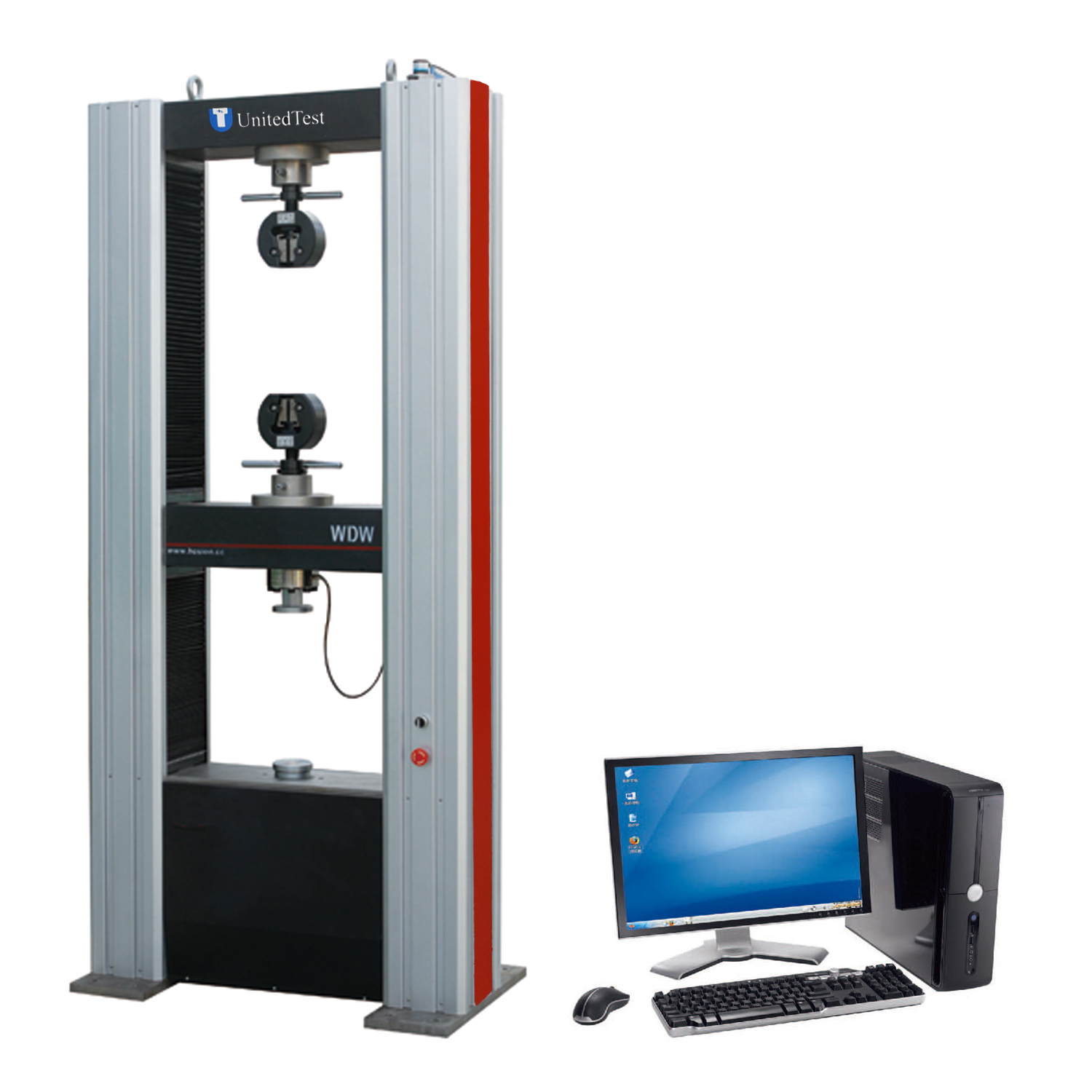ASTM-D5321 Geosynthetic Interface Shear Testing Machine Shear Strength of Soil-Geosynthetic
1.1 This test method covers a procedure for determining the shear resistance of a geosynthetic against soil, another geosynthetic, or a soil and geosynthetic in any combination.
The test method is intended to indicate the performance of the selected specimen by attempting to model certain field conditions.
1.2 The test method is applicable for all geosynthetics. Remolded or undisturbed soil samples can be used in the test device.
Keywords: Coefficient of friction; Direct shear test; Geosynthetics; Interface shearing resistance; Performance test; ICS Number Code 59.080.70 (Geotextiles)

The interface shear test of geosynthetic materials is used to determine the interface shear strength of soil geosynthetic material systems. It measures the total shear resistance between geosynthetic materials and supporting or overlying materials. This test is conducted by placing geosynthetics and other materials into a large direct shear box and applying a normal load on top.
The possible sources of failure for drainage geosynthetic slopes include the interface between geosynthetic components, the interface between geosynthetic materials and base soil, or the interface between geosynthetic materials and cover soil. Direct shear testing is typically conducted to determine this critical combination of loading and angle. The most common test used to make this judgment is ASTM D 5321. To make the test and its results meaningful, the test must be conducted at a specific on-site interface (geosynthetic materials and soil) and under specific on-site loading conditions.

In addition, the soil must be conditioned to ensure that it not only has the same basic type, but also has the same compaction and moisture content as the actual site conditions. The last component that must be selected is the shear rate. ASTM D 5321 specifies a default rate of 0.2 in/min for geosynthetics/geosynthetics interface and 0.04 in/min for geosynthetics/soil interface. A slower rate will better present the peak curve and better simulate actual field conditions.
However, slower rates require longer time to complete, resulting in higher operating costs. Designers must balance the importance of slope stability with the cost of slower and potentially more accurate testing. By specifying these specific on-site conditions, testing has become a more meaningful performance test rather than a standard metric test. A typical direct shear test involves at least three tests conducted under three different normal pressures.
Friction testing can be performed for a variety of interfaces, normal pressures and seat times. The materials can be run dry or, for worst case scenarios, can be run with saturated conditions. No manufacturer can guarantee a specific friction angle for a given set of site specific conditions. Testing must be performed to ensuret hat the particular interfaces will meet the needs for the particular application. That being said, the tables below list representative results from tests that have been performed on various materials. These values are intended as a guide only, not a guarantee.












